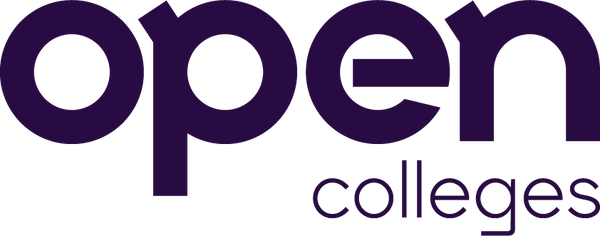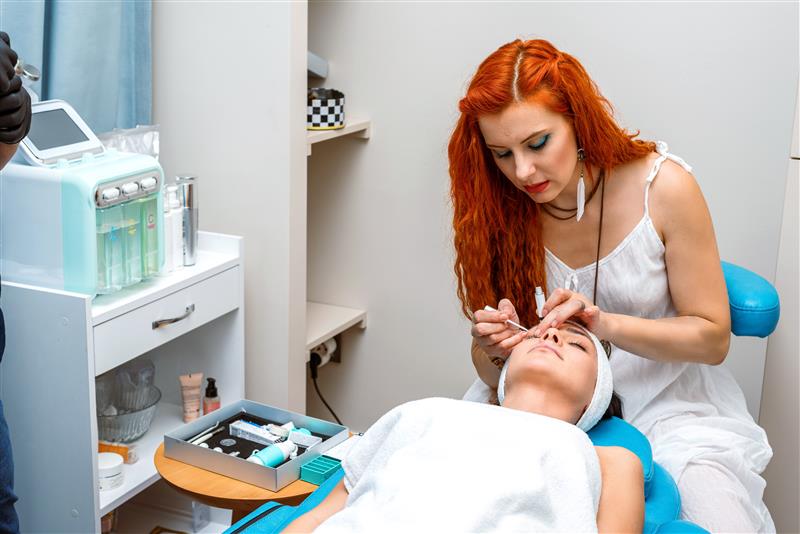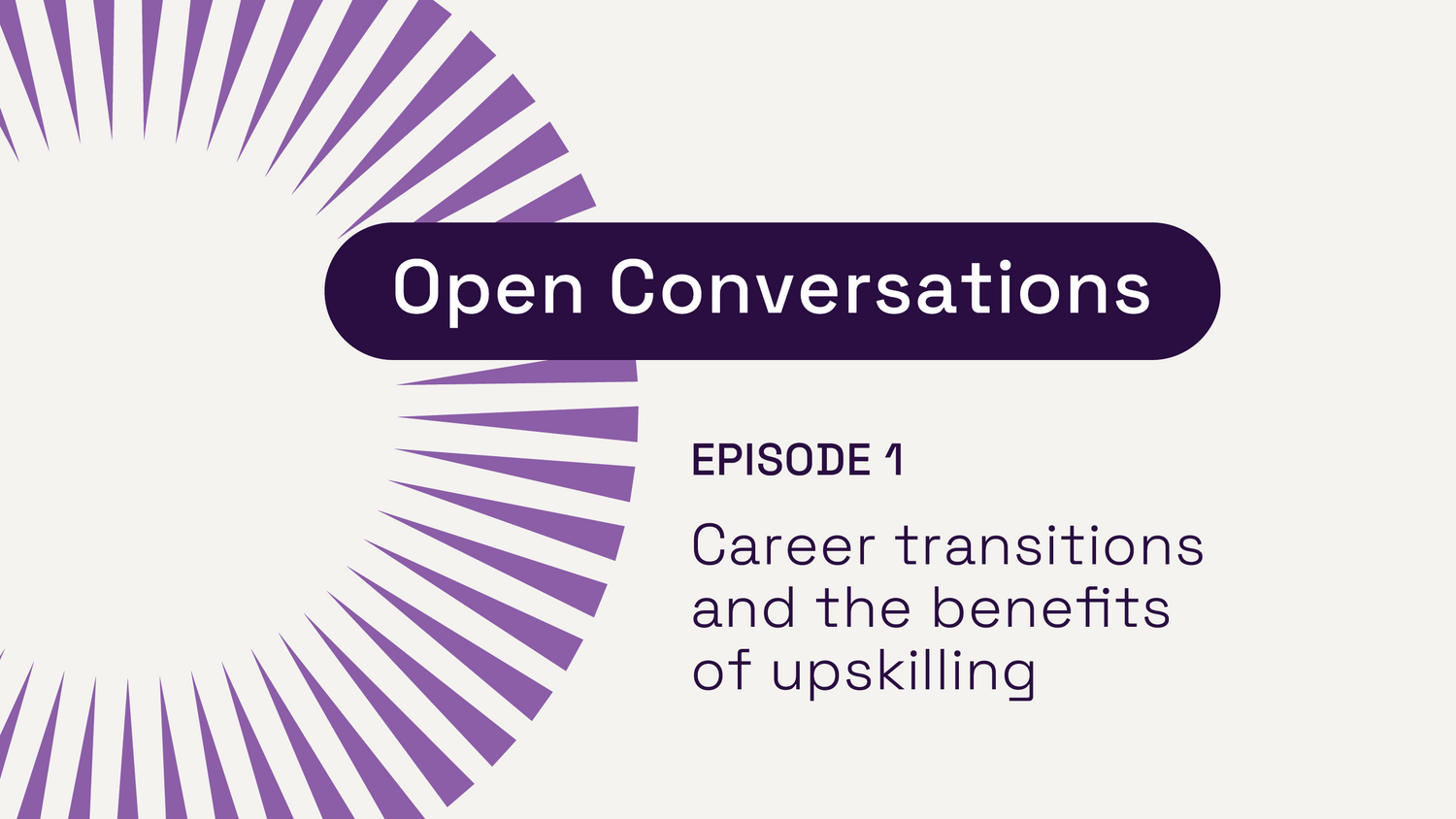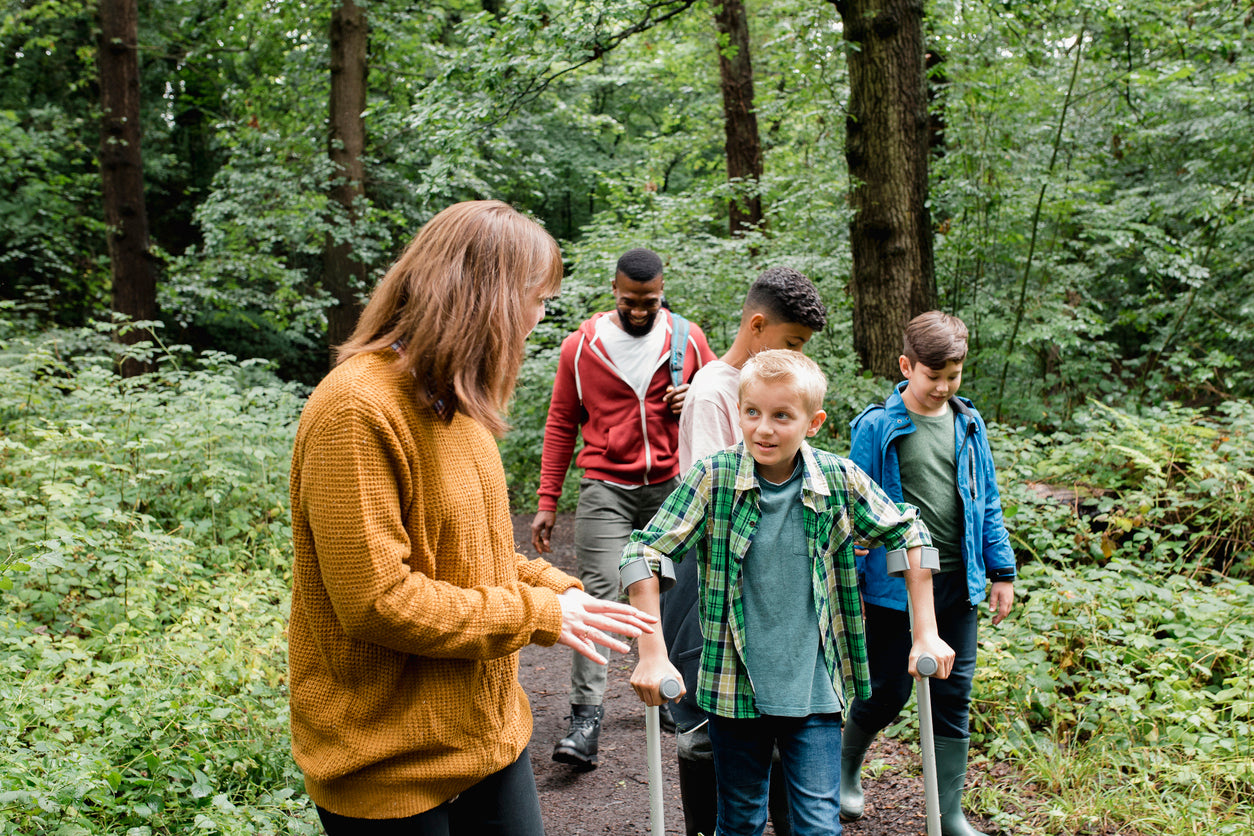Explore our collection of informative and educational blog posts to stay updated on the latest industry trends and expert advice.
Blended Study: 10 Ways to Use Tech While You Learn
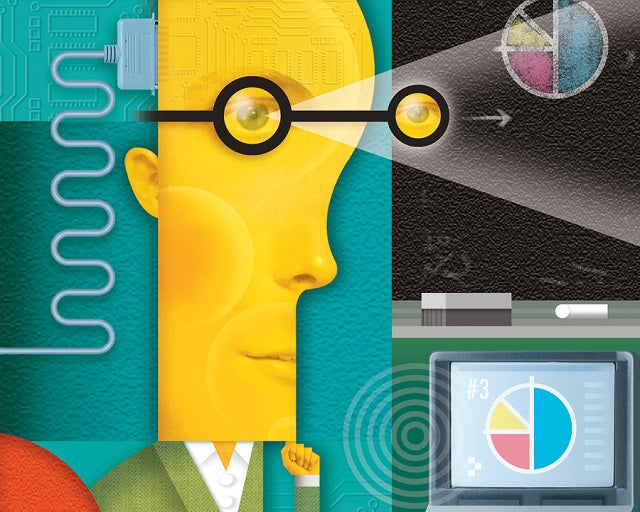
We hear a lot about blended learning from an instructor’s perspective, but what about from a student’s perspective? In what ways can students use technology to support learning inside and outside their course sessions?
Traditionally, studying involves a lot of passive reviewing. Reviewing texts, reviewing notes, reviewing lecture slides. But cognitive psychology tells us this isn’t the most effective way to retain information. The most effective learning is interactive, multi-modal, and based on science–in other words, qualities that technology can bring to the table. There are countless resources available for those interested in so-called “blended study,” and you don’t need to look far to see their growing potential and widespread use.
Take Course Hero, for example, a company that pairs technology with established study techniques to enhance learning. It supplies students with digital flashcards alongside a program called Optimal Learn, an online productivity tracker that helps you focus and stick to a study schedule.
Instead of just reviewing, you can use Course Hero to quiz yourself too, which researchers have proven to be a highly effective study method. Course Hero’s “flashcards quizzes” are online mini-tests that allow you to periodically assess your knowledge and provide a realistic sense of your retention level.
Research in educational psychology tells us that we learn a concept or skill best when we have to teach it to someone else. With Adobe Voice, you can create a video template like “Explain Something” or “Teach a Lesson” and use simple tap gestures to insert audio and images to a series of slides. Each slide begins with a recording of the user’s own voice.
Icons, text, and images are then added to each slide, from Adobe’s own cache of licensed content. Users can search for a photo or icon to represent what they’re aiming to convey, which can be added to a video in a few simple steps. The whole process is intended to take only a few minutes.
Then, you can share your video through a number of different social media outlets including Facebook and Twitter, as well as Adobe’s Creative Cloud platform. Sounds like a phenomenal way to study to me.
Despite recent findings that writing notes by hand is a more effective practice than typing them, many students may find typing more convenient. Notability allows you take notes by hand on screen (a stylus will prove helpful if you’re interested in speed and legibility) or by typing. It also lets you to record audio and take and add photos to your notes.
Have problems with time management? Lots of students do. That’s why RescueTime tracks everything you do on your computer and delivers a report on how you’re spending your time. The free version tracks the time you spend on websites and applications, lets you set goals, and sends weekly reports; the premium version lets you track time away from your computer and block websites that may be hampering your productivity.
You get the picture. So what are some of the best uses of technology for students, not just educators? Let’s take a look below.
1. Time management apps
Technology has been helping us manage time for centuries, so it should come as no surprise that apps like RescueTime and iProcrastinate are so popular among students. With the help of these apps, you can take on daunting projects that might otherwise be put off until the last minute; break up tasks into smaller, more doable chunks; assign priority to certain things; and set up reminders.
Another app, Studious, aids students by tracking homework deadlines and scheduled lessons, and can even help minimise distractions by silencing a student’s phone automatically during scheduled study times. It also has a notes feature which lets students store and tag their content in the cloud for easy access wherever they go.
To organise your calendar, try Sunrise. It brings in events and birthdays from Facebook and syncs with multiple services like Evernote, TripIt, and Google Calendar to save students the hassle of switching from app to app. It also includes a number of other useful features like agenda view, week view, and month view that will help you stay on top of their coursework and deadlines.
2. Supplementary videos
Sometimes you need more of an explanation than your textbook, or even your instructor, can give you. That’s when videos come in handy. With the TED app, for example, students can supplement their learning by listening to educational talks on a wide variety of topics. The app also gives students to access the TED library when they’re not online, making it perfect for on-the-go learning. Youtube, TED, Kahn Academy, and Crash Course are all great choices too. And they’re not just for “visual learners.” We can all benefit from them.
“Effective presentations treat our visual sense as being integral to learning,” says Annie Murphy Paul. “This elevation of the image—and the eschewal of text-heavy Power Point presentations—comports well with cognitive scientists’ findings that we understand and remember pictures much better than mere words.”
Ever heard of “whiteboard videos“? According to Dr Richard Wiseman, they aid learning even more than videos of someone speaking. In, 2012 Wiseman took a video of himself talking and created a scribed version using exactly the same audio. He tested viewers’ memory after they watched one or the other, to see which one helped them learn the best. Overall, there was a 15% rise in recall across the memory questions for those who had watched the scribe video.
“We know that in order to remember something, you need to attend to it in the first place,” Wiseman says. “If you haven’t got people’s attention, you’re not going to get the information in. I think what the animations do is hold that attention. They hold it in an incredibly engaging way.”
3. Open Educational Resources
Open Educational Resources (OER) are learning materials that are freely available to everyone, including those who may not traditionally have access. Using OER, students can conduct the research they need to, collaborate in content creation, share knowledge, and save money. OER also lets you revisit course materials after the semester is over to refresh your memories or to further study the topics.
“If an instructor opens his/her own course materials, and shares them with the public it greatly enhances opportunities for learning for both students who already took the course and the prospective students,” says Boyoung Chae, Ph.D., Policy Associate for Open Education and eLearning at the Washington State Board for Community and Technical Colleges. “Students often would like to check out the course materials before the term begins. If students have that opportunity to take a look at the course materials it will help them make an informed decision in choosing the right course, and preparing themselves for [it].”
There are hundreds of free open courses from leading universities like Yale, Johns Hopkins, Berkeley, and MIT.
“Educators are happily sharing their life work with more students and enjoying the greater influence their materials have on larger audiences,” says Chae.
Open Culture is also an excellent source for free educational materials to help students supplement their learning. The Open Culture app will give students access to everything from free audio books and university courses to podcasts on a variety of topics like music, science, and culture.
4. Online textbooks
According to a recent College Board report, university students typically spend as much as $1,200 a year total on textbooks. Another recent report from Educause, Internet2, and McGraw-Hill examined the value of digital materials as a cheaper alternative.
“Faculty and students were both clear and consistent in their criteria for adopting digital course material,” the report’s authors wrote. The most important factor turned out to be cost, and free materials were valued most highly.
So what resources can you use? Campus Technology has put together a great list here that includes Bookboon.com, Boundless, the California Learning Resource Network, the College Open Textbook Collaborative, connexions, The Global Text Project, OpenStax, Open Education Group, Project Gutenberg, Saylor.org, University of Minnesota Open Academics.
If you have your own favorites, feel free to list them in the comments at the end of this article.
5. Self-quizzing apps
In 2006, psychology research from Washington University in St. Louis found that quizzing yourself if more effective than re-reading notes or text.
“Our study indicates that testing can be used as a powerful means for improving learning, not just assessing it,” says Henry L. “Roddy” Roediger III, Ph.D., an internationally recognised scholar of human memory function and the James S. McDonnell Distinguished University Professor at Washington University.
Perhaps equally important, the study demonstrates that students who rely on repeated study alone often come away with a false sense of confidence about their mastery of the material.
In an experiment in which students either took quizzes or were permitted to study material repeatedly, students in the study-only group professed an exaggerated confidence, sure that they knew the material well, even though important details already had begun slip-sliding away. The group that took tests on the material, rather than repeatedly reading it, actually did better on a delayed test of their knowledge.
To amp up your self-quizzing routine, you can use StudyBlue, which lets you create and customise flashcards, take quizzes, and track how you’re doing in real-time with an automatic self-assessment score. You can also collaborate with course mates and study partners.
Socrative lets you customise quizzes and educational games, and provides real time data on comprehension of material, which allows for instant feedback. It also lets you answer questions anonymously so you feel more comfortable asking for clarification when you don’t understand.
6. Digital creation tools
Because creation is a personal process, we remember it better. That’s why I’m adding digital creation tools to this list. In addition to reviewing and quizzing, creating something can help cement new information into your memory. It doesn’t have to be digital, but you may find the process more convenient and efficient if it is.
Try summing up a lesson in an infographic using Infogram. Use Canva, which offers a library of pre-made templates you can manipulate while also adding your own imagery, to make posters and slides. Evernote lets you collect and share your notes in order to document every moment of your content creation, from your first idea to your final product. If you like talking through a concept, adding your own explanations, Audacity is the recording and editing tool for you.
7. Productivity apps
We all love tips and secrets to make us more productive. Ironically, though technology is often blamed for our mind-wandering and episodes of distraction, it offers plenty of tools to combat its own temptation.
Study Habits is one of the most comprehensive apps for learning and productivity. Using strategies based on educational psychology, it helps students develop study habits that boost their memory, increase motivation, improve reading comprehension, and reduce stress and anxiety.
You can also try Self-Control, a website blocking app that eliminates the distractions of non-essential websites for predetermined amounts of time. Once you’ve done this, not even deleting the app will let you access the selected sites before the appointed time.
8. Mind mapping tools
A 2010 study published in School Science and Mathematics assessed the influence of using mind maps as a learning tool on eighth graders’ science achievement.
Sixty-two students enrolled in four intact sections of a grade 8 science course were randomly assigned to experimental and comparison conditions. Participants in the experimental group received training in, and constructed, mind maps throughout a science unit. A multiple choice test was used to measure student gains.
The results showed that mind mappers achieved substantially higher gains than non-mind mappers. Depicting accurate links between central themes and major and minor concepts, as well as using colors to represent concepts, were the major aspects that differentiated the mind maps built by students who achieved higher levels of conceptual understanding.
To create your own digital mind map, try MindMeister, which lets you create and edit maps and easily organise them in folders with themes, images, notes, links, and more.
9. Digital Learning Portfolios
Digital learning portfolios can provide valuable insight into your own learning. They can also showcase your achievement and skill acquisition over time; provide you with a vehicle for regular feedback and dialogue with your teachers; allow you to think critically and reflect upon your work; and promote a continuing conversation about learning between you and your teachers, peers, and employers.
For starters, try Pathbrite, Weebly, Silk, or Dropr.
10. Social media for learning
In 2010, Reynol Junco, associate professor of academic development and counseling at Lock Haven University, found that students in a first-year seminar course who used Twitter for educationally relevant activities outside of course time achieved a higher GPA than non-Twitter users.
In the article “The Effect of Twitter on College Student Engagement and Grades,” published by the Journal of Computer Assisted Learning, Junco revealed the findings of the 14-week study by concluding that it “provides the first piece of controlled experimental evidence that using Twitter in educationally relevant ways can increase student engagement and improve grades, and thus, that social media can be used as an educational tool to help students reach desired college outcomes.”
It’s time for more students to pay attention to findings like these, and for educators to support them in adopting relevant practices.
